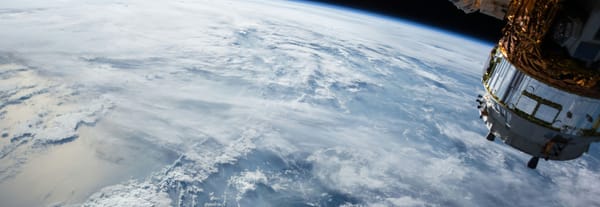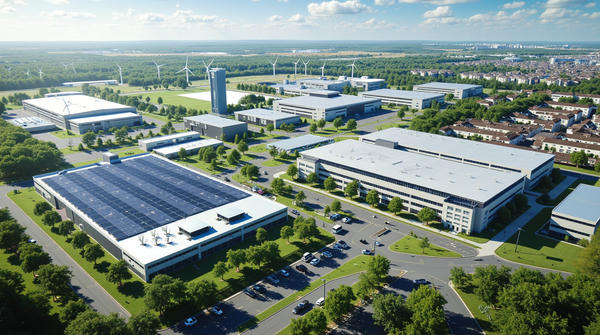Energy Communities 2.0: How Artificial Intelligence Optimizes Energy Sharing and Flexibility

Ah, artificial intelligence... It's the subject of so much debate and concern! But have you ever imagined that it could be our best ally in the energy transition? I know what you're thinking: yet another technology about to invade our lives... Yet let me tell you how energy communities are being transformed thanks to it.🌍⚡⚡
What is an energy 2.0 community?
An energy community is a group of people or entities working together to collectively manage their energy needs. They can include residential neighborhoods, businesses or even local authorities. The aim is to maximize self-consumption, reduce costs and minimize the carbon footprint.
With the rise of AI, these communities have evolved into version 2.0, where energy optimization is pushed to the limit. AI makes it possible to analyze massive amounts of data in real time to make informed decisions on energy production and consumption.
How does AI optimize energy sharing?
Intelligent resource management
AI-based systems can optimize the use of renewable energy resources. Take the example of a community using both solar and wind power. AI can determine the best time to use each energy source, or even combine the two to meet energy demand while minimizing losses.
Imagine a house equipped with a heat pump, an intelligent electric water heater and an electric vehicle charging station. AI can orchestrate the optimal operation of these devices:
- The heat pump is programmed to preheat the house before the occupants wake up, taking into account the weather forecast.
- The electric water heater is activated during off-peak hours or when solar production is in excess.
- Electric vehicle recharging is automatically scheduled according to travel plans and when electricity is cheapest or greenest.
Another concrete example of the use of AI in energy sharing between neighbors:
- A family goes on vacation while their neighbor, who works from home, consumes a lot of electricity during the day. The AI can automatically redirect excess solar production from the empty house to the telecommuter.
- A building with shops on the first floor and apartments on the upper floors can optimize energy flows: shops consume mainly during the day, while residents consume more in the morning and evening. AI balances these complementary profiles.
- In a residential area, some residents have solar panels while others have battery storage systems. AI can orchestrate energy flows by storing surplus solar production in batteries available for later use by the community.

AI constantly analyzes these different consumption and production profiles, learns from each individual's habits, and optimizes energy exchanges in real time. It can even anticipate needs based on weather forecasts and consumption histories, maximizing collective self-consumption.
This intelligent coordination not only reduces energy bills, but also optimizes the use of renewable energies available in the community.
Concrete examples
The Lyon project
In the city of Lyon, a pilot project uses AI to manage an energy community made up of several neighborhoods. AI analyzes data from sensors installed in the homes and automatically adjusts energy distribution to maximize efficiency. The project has significantly reduced energy costs for residents and increased the use of renewable energies.
Energy cooperatives in Germany
In Germany, energy cooperatives are using AI to coordinate energy production and consumption among their members. This includes managing micro-grids that enable members to share locally-produced renewable energy, reducing dependence on the national grid.
Brussels Maritime Station: An example of an urban energy community
In Brussels, the Gare Maritime is a remarkable example of an integrated energy community in an urban environment. This innovative project enables energy to be shared between the district's commercial and residential areas. Locally-generated energy is distributed intelligently using AI systems, creating a genuine energy symbiosis between the various players in the district.
Find out more about this inspiring project in the video :
Conclusion
Artificial intelligence is only a tool, but a promising one for our energy communities. Used ethically and responsibly, respecting users' privacy and personal data, it can help us better share and manage our collective energy. The real challenge is not technological, but human: it's our ability to collaborate and care for each other that will make the difference. Together, we can build smarter, fairer and more sustainable energy communities. 🤝
According to the European Commission, by 2050, people who citizens could produce twice as much energy than current nuclear power plants1558 TWh in Europe.






